Timeless Japanese Icon
At 3,776 meters, Mount Fuji is not only the highest mountain but also a sacred symbol in Japanese culture. The beauty of the summit changes dramatically with the seasons, offering visitors different experiences, from conquering the peak in summer to admiring the snow-covered landscape from afar in winter.
The first snow of the season, or "hatsuyuki", is a much-anticipated event in Japan that signals the arrival of winter. However, in recent years, the phenomenon has tended to arrive later, a sign of the changing of the seasons in Japan.
The ideal time to explore Mount Fuji
Choosing when to visit depends entirely on the experience you are looking for. Each season brings out a different beauty in Mt.
Summer (July - September): Conquering the mountain peak
This is the official and safest climbing season. Each year, around 200,000 people make the trek to the summit to witness the sunrise from above – an experience considered incredibly sacred. The trails are well-equipped with rest stops, but visitors still need to prepare physically and wear appropriate clothing for the sudden temperature changes.
Spring and autumn: Enjoy the view from afar.
In spring (March - May) and autumn (October - November), the clear weather and little cloud cover are ideal conditions for fully enjoying the beauty of Mt. Fuji. Visitors can combine their trip with cherry blossom viewing or enjoying the red maple leaves. Places such as Lake Kawaguchiko in the Fuji Five Lakes region are the best places to see the beauty.

Winter: The magical beauty of white snow
Winter brings the most iconic image of Mount Fuji, with its snow-capped peak standing out against the blue sky. Climbing during this time is restricted and only for experienced climbers with proper equipment. However, this is a great time to relax at onsen resorts and admire the mountain from afar.

Cultural and spiritual significance
In Shinto, Mount Fuji is worshiped as a deity. On the summit of the mountain is a shrine dedicated to the goddess Konohanasakuya-hime, the guardian deity of Mount Fuji. For the Japanese people, the first snow of the season is not only a natural phenomenon but also has a profound meaning, associated with the spirit of the sacred mountain.
Note for visitors
- Getting there: The Mount Fuji area is easily accessible by bus or train from Tokyo, with a travel time of approximately 2-3 hours.
- Clothing: If climbing in summer, prepare layers of clothing as temperatures drop sharply at higher altitudes. For other seasons, warm clothing is necessary.
- Weather: Always check the weather forecast before your trip. The mountain is often covered in clouds, so be patient to get the best photos.
- Climate Impact: Global warming is changing Japan's seasons, which could affect snowfall and climbing conditions. Travelers should stay up-to-date with the latest information when planning.
Source: https://baolamdong.vn/nui-phu-si-bi-quyet-chon-thoi-diem-hoan-hao-de-ghe-tham-397811.html











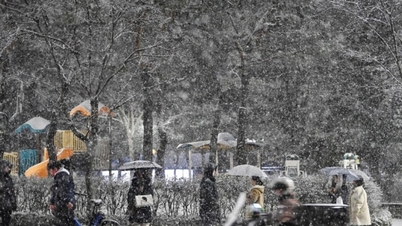

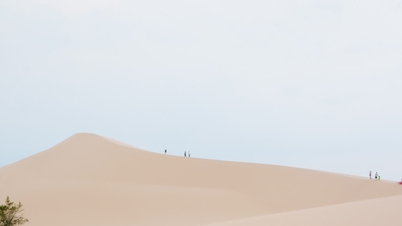
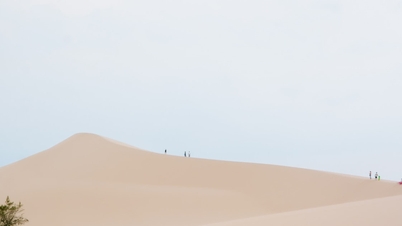
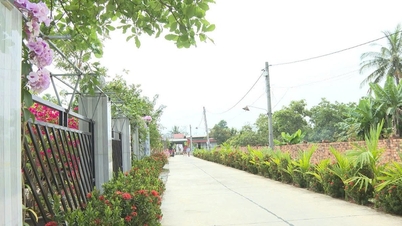


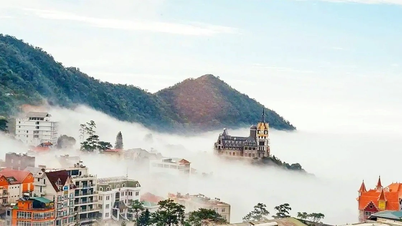


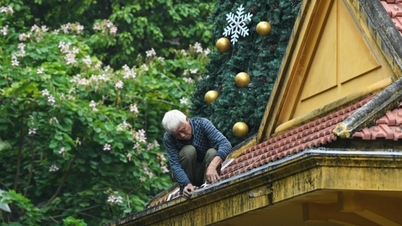







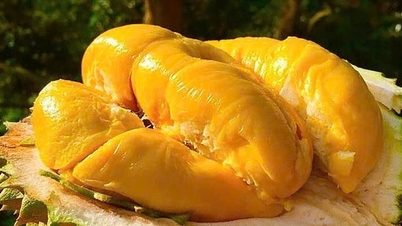

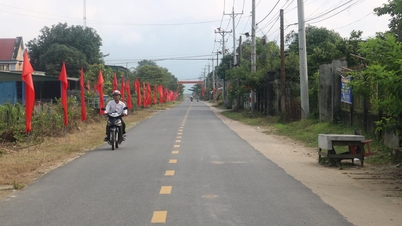
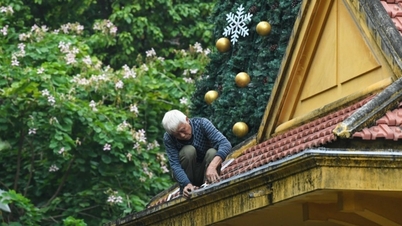







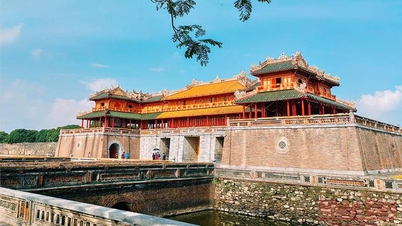


![[Video] The craft of making Dong Ho folk paintings has been inscribed by UNESCO on the List of Crafts in Need of Urgent Safeguarding.](https://vphoto.vietnam.vn/thumb/402x226/vietnam/resource/IMAGE/2025/12/10/1765350246533_tranh-dong-ho-734-jpg.webp)




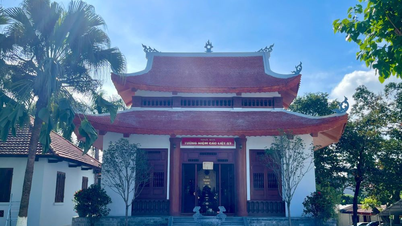































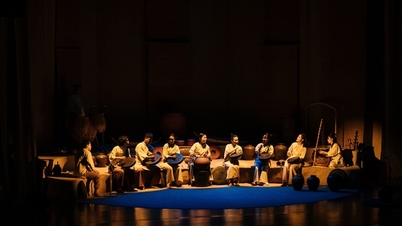












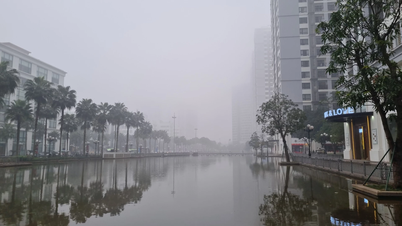


















Comment (0)